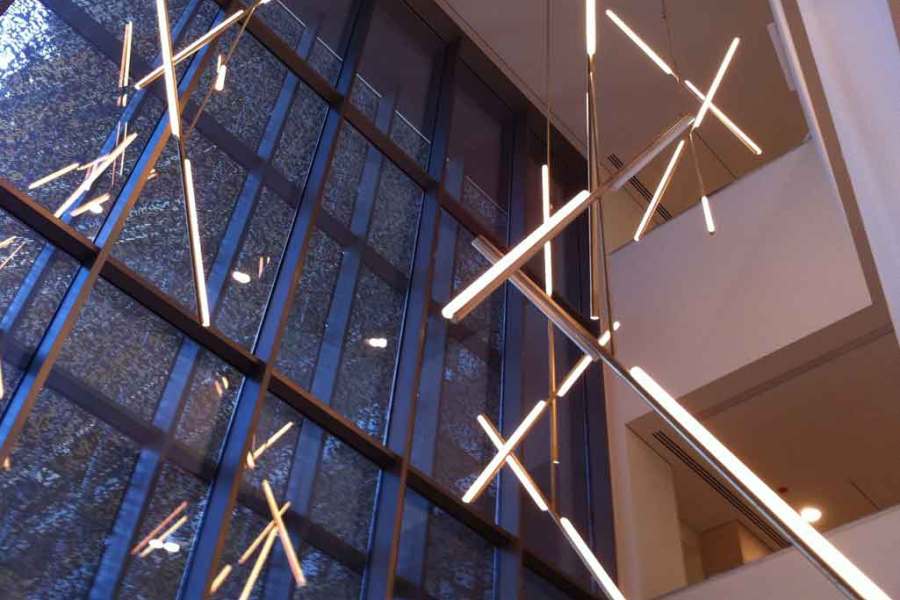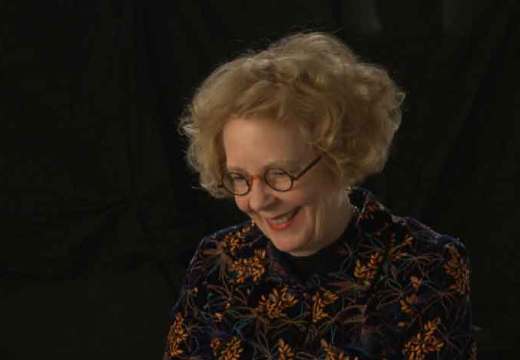‘Maybe a little too enthusiastic about pictures but not enough to hurt’ is how a bank loan manager apparently once described the young industrialist and collector Henry Clay Frick. Frick and his collection featured in a symposium at the Courtauld Institute on Friday: ‘Going Public: Challenges and Perspectives in the Display of Private Collections’, run in conjunction with the A.G. Leventis Gallery, which will open a new public building for the Leventis collection in Cyprus in March. The idea behind the symposium was to consider what it means to take a private collection into the public realm: the first conference to focus exclusively on such collections.
Questions of private and public, enthusiasm and hurt have been prevalent in the museum sector recently, as discussion has raged over whether the Burrell Collection in Glasgow should be allowed to tour works, against the expressed donation conditions of its founder, while the building undergoes restoration (See Apollo, December 2013). I kept thinking of this discussion during the symposium as, in a series of eight talks, the concept of private or individual collection was considered from a number of angles.
Three speakers looked at well-known and well-loved collections now made public. Colin Bailey considered the Frick collection as an example of a private passion and building project always intended for museum status, and long associated with the family. Alastair Laing discussed how a private house like Kingston Lacy, by contrast, required processes of reconstruction and reinterpretation to make it a ‘home’ suitable for National Trust visitors. Angela Delaforce described the differences created by the relocation of Calouste Gulbenkian’s collection from his elegant 19th-century home in Paris to a modern gallery building in Lisbon.
Others considered three different examples of ‘private collections’. Wim van der Weiden outlined his argument for how ‘collections create culture’ by focusing on three private collections in the Netherlands. Delphine Munro discussed how the art collection is conceptualised, cared for, and made public at the European Investment Bank Institute, emphasising the different concerns in such a collection compared to a public museum. Giles Waterfield focused on the specific example of the artist’s house or studio as private space made public, and what particular creative nuances we look for here.
Two papers also considered the Leventis collection in particular. Paul Joannides concentrated on a particular painting purchased by Leventis – a rare version of Titian’s Baptism of Christ – to discuss how private collections can act as research centres, throwing light on established public works. Anne Distel considered how Leventis acquired his Impressionist, post-Impressionist and early 20th-century works within the specific setting of Parisian dealerships, his excitement, rivalries and mistakes.
These were wide-ranging and disparate papers that all sought to consider what ‘going public’ means. A key tension emerged, for me, between freedom and control, spontaneity and institutional structure. A private collector, and collection, has the freedom to make personal acquisitions and display choices, to spend money without careful justification. Such collections also create the feel of freedom within the museum, marked by the individual. They have rarity, uniqueness, spirit and soul; words that kept appearing throughout the talks.
But this is also what is hardest to maintain, what can be lost when the private space becomes public museum. Angela Delaforce described some public collections as ‘haunted by the spirit of the past,’ but Anne Distel described parts of Leventis’ own collection as ‘the misadventure of an amateur.’ This is perhaps both their magic and their tragedy. In ‘going public’ is the personal lost in the hunt for public value, or is it public appeal which gives such private collections a new validity?
For more information about the symposium and speakers visit the Courtauld Institute’s website.
Unlimited access from just $16 every 3 months
Subscribe to get unlimited and exclusive access to the top art stories, interviews and exhibition reviews.














![Masterpiece [Re]discovery 2022. Photo: Ben Fisher Photography, courtesy of Masterpiece London](http://www.apollo-magazine.com/wp-content/uploads/2022/07/MPL2022_4263.jpg)
Has the Fitzwilliam lost the hang of things?